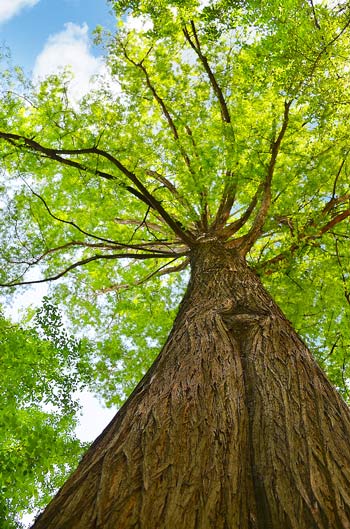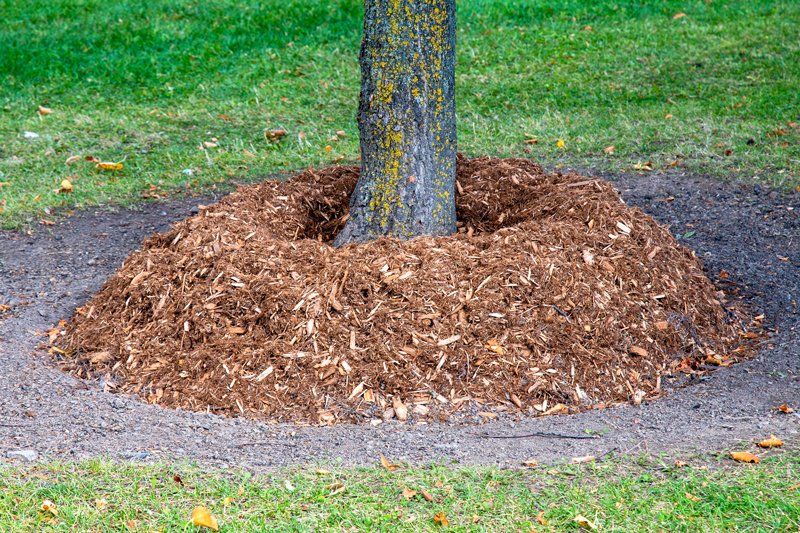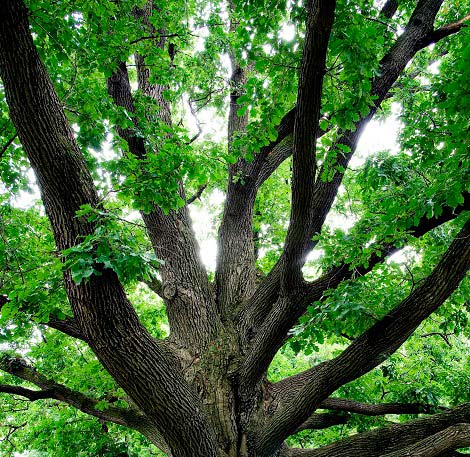How Can You Prepare Your Trees for Hurricane Season?
Admin • May 31, 2018
With super-fast winds, excessive rainfall that can match yearly totals with a single storm, and a nasty reputation for spinning up secondary tornadoes, hurricanes are one of the most worrisome events for homeowners. In Mississippi, hurricane season runs between June 1st and November 30th, and it has started a little early this year; however, you can still prepare for future storms this season.
Of course, making sure you have your home ready is important, but don’t forget how important it is to prepare your trees as well. This guide looks at some of the simple steps you can take to get the trees on your property prepared for hurricane season so you see less damage during the storms.
Make Sure Trees Have a Stable Root System
If you have trees in your yard that have roots above the ground, then these trees can be problematic during high winds. Trees need a good stable footing to be able to withstand strong winds. If soil erosion has occurred and left roots exposed, then you could definitely have an uprooted tree in your future.
Some homeowners try to prune the roots of trees if the roots are above ground, but this just makes the problem worse. Instead, you should add filler material around the roots to give them more stabilization if that is a possibility. If it is not, then it may be best to have the tree fully removed instead.
Trim Away Any Unhealthy Branches
If there are branches of your trees that have not bloomed or look dead, then you should remove these branches before hurricane season sets in. Unhealthy branches are more likely to blow off and damage your property, so getting rid of them is the safest bet. Use pruning clippers to clip away small branches and a chainsaw for larger pieces if you have one.
While you need to prune away dead branches or branches that could be a threat, you also have to be careful not to prune so much that you weaken the tree overall. Removing large sections of a tree, taking out most of the canopy, or cutting away all interior branches can leave the tree less stable because it will affect its overall health.
Identify Trees That Have Internal Decay
When a tree has health issues and is starting to rot, it’s not always obvious to the untrained eye. In many cases, the decay will take place inside of the tree trunk first before it ever becomes visible. You don't have to do anything invasive to determine if a tree is rotting inside. You can check for internal decay by:
- Looking for bark abnormalities like splits and cracks
- Checking for spots where the tree has no bark
- Monitoring the sprouting of new small trees from the base of the tree
- Assessing whether a tree is leaning toward the ground
Additionally, insect accumulation is a good sign of internal decay because many insects will feed on the deteriorating wood inside the tree. You may notice a large colony of ants, for example, trailing their way in and out of small holes in the tree's trunk. If you spot any of these symptoms, then it is best to have the tree thoroughly examined by a professional to ensure it's dead inside.
You can do a great deal to prevent damage to your trees and surroundings by taking these steps before other storms arrive. If you’ve been hit by the most recent hurricane and it has left your property in a mess because of downed trees, reach out to us at McClain's Tree Experts
for professional help. We can also help you prepare for the rest of hurricane season by taking care of your trees. Call us to learn more.
As winter approaches, it is important that your trees are prepared for the weather. Read about services that your trees can benefit from before winter.
There are steps you can take to both protect a tree before a storm as well as to help it recover if the tree has already suffered hurricane damage.
Trees can be hazardous and lead to property damage and injury due to various factors. Explore common signs that your tree is a safety hazard.
You can better protect your trees by knowing the signs that they are dying. Read this blog to learn eight signs your tree is starting to die.
Trees require proper ongoing care and maintenance to thrive well. Check out how a certified arborist can help maintain your investment.
Deciding on a tree care service can be challenging when you have multiple options available. Consider the following factors before settling on a company.
The trees in your backyard offer numerous benefits, including shade and aesthetic benefits, but sometimes they need to be removed. Learn more.





